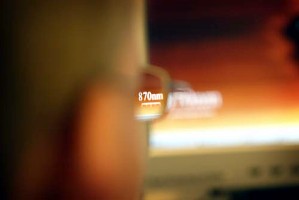A collaboration between a University of Copenhagen Ph.D. candidate in Denmark and nearby solar technology company SunFlake A/S produced a discovery of using nanotechnology to improve the efficiency of solar cells and other nanoscale electronics. Nanowires are chains of single crystals a few nanometers across (1 nanometer = 1 billionth of a meter) with unique electrical and optical properties.
While nanowires can serve as building blocks for nanoscale devices, the problem has been producing nanowires with enough consistency for industrial processes. Ph.D. student Peter Krogstrup at University of Copenhagen has developed a method of growing “ultraclean” nanowires, those with uniform electronic structure, which up to now has been expensive and difficult, if not impossible.
Krogstrup’s method involves growing nanowires of the metal gallium on a silicon substrate with an extremely thin layer of natural oxide. Earlier attempts at growing nanowires involved precious metals, like gold. Silicon is a much more common and inexpensive element.
The gallium reacts with the oxide, says Krogstrup, and makes small holes in the oxide layer, where the gallium collects into small droplets of a few nanometers in thickness. These droplets capture the element arsenic –- the other material in the nanowire — and through a self-catalytic effect starts the growth of the nanowires without interference from other substances.
This new method not only produces uniform nanowires, it also creates a uniform internal structure for the nanowire, which provides a more direct and efficient electrical path with less lost energy. Krogstrup worked with Sunflake on his research. The company, located at the university’s Nano-Science Center, is developing a new type of solar cell based on the nanostructures of gallium and arsenic.
Related: Univ/Corp Team Extends Lithium-Ion Capacity with Silicon
* * *


 RSS - Posts
RSS - Posts
[…] This post was mentioned on Twitter by Alltop Science, Alan Kotok. Alan Kotok said: Student, Company Produce Nanotech for Solar Cells | #Science #Business http://t.co/E6GkxRo #ScienceBusiness […]
[…] Related: Student, Company Produce Nanotech for Solar Cells […]